- Category
- War in Ukraine
Ukraine’s First Robot-Only Assault—Meet the Fighters Who Pulled It Off
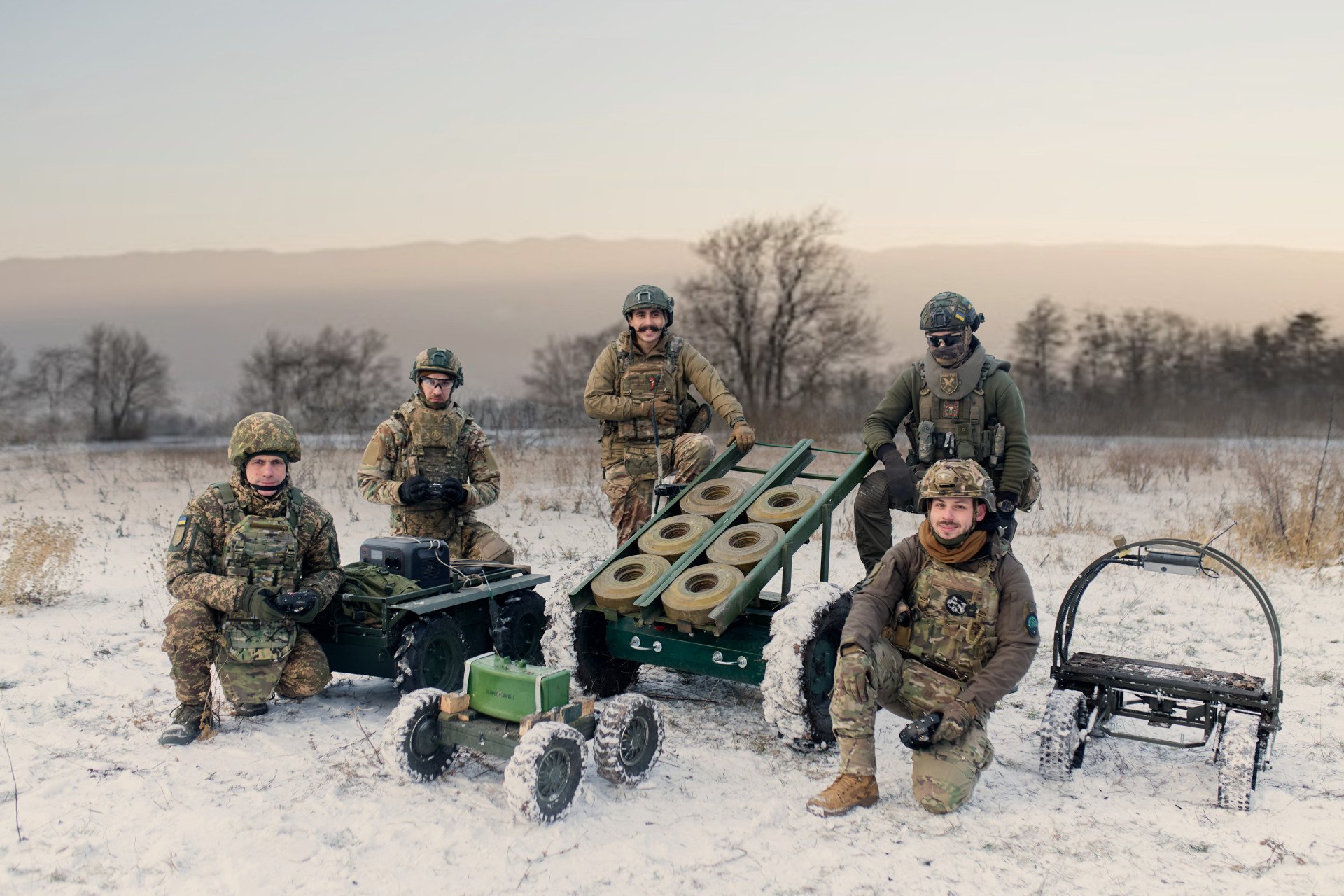
Ukraine made history in late 2024 with the world’s first-ever assault conducted entirely by ground and aerial drones. The masterminds? Fighters from the 13th “Khartiia” Brigade of Ukraine’s National Guard, who have been holding the line—and pushing it—on the Kharkiv front.
The operation aimed to set the stage for further advances and assaults by breaking Russian lines, forcing its troops to regroup, wiping out key fortifications and obstacles, and thus paving the way for Ukraine’s advance—without risking a single soldier.
But it wasn’t just about firepower—it was a test. Commanders studied how well robotic platforms could withstand Russian electronic warfare (EW), navigate rough terrain, and seamlessly coordinate between operators and command centers. A mix of ground and aerial drones, each built for a specific task, made it happen.
The result? A success. The technology held up; the strategy worked, and Russian positions were destroyed, provoking the enemy into a reaction—allowing Khartiia to execute a follow-up assault and secure a new foothold.
While much of the operation remains classified, Khartiia has shared some insights. Here’s how they did it.
Staff Officer, callsign “Shuhai”
Shuhai, a 32-year-old Staff Officer, was involved in planning and preparing this operation, which proved to have its own unique challenges.
“When planning missions with soldiers, you have to account for numerous factors—combat stress, shock, and other psychological effects,” Shuhai said. “But when the operation consists entirely of drone operators, it’s a completely different scenario. Much greater attention must be given to communication systems and understanding the terrain.”
Ground drones require precise knowledge of the landscape, and Shuhai warns that any pits, craters, or trenches can be dangerous for these robotic systems:
“We need to map out exact routes in advance. We use high-resolution imagery and orthophoto maps with highly detailed terrain data. Even a single rainstorm can change conditions dramatically, so updates are required almost daily.”

Initially, about five to seven people were involved in planning, but as they moved into “rehearsals,” the team expanded. After conducting tests at a training ground they were finally able to finalize a detailed operational plan. Khartiia needed to determine how quickly and efficiently ground drones could traverse different terrains over specific distances.
“We cannot disclose the exact number of drones used in the assault,” said Shuhai. “But I can say it was several dozen across multiple types—ranging from small UAVs to heavy drones weighing hundreds of kilograms. Ground and aerial suicide drones, a ground drone equipped with a machine-gun turret, heavy bombers, and large reconnaissance UAVs. All operators stayed in constant contact—coordinating was key to maximizing the drones’ combined impact.”
And it worked. The robotic platform reached its position, the machine gun turret did its job, and the ground-based suicide drone hit its target. In the dense forest, where trees blocked visibility, the explosion not only destroyed defensive structures but also cleared the view, revealing the entire position to Ukrainian UAVs.
“The enemy was completely caught off guard,” Shuhai said. “They were used to drone attacks, but suddenly, they were also being hit by ground platforms that exploded and fired at them. This was unprecedented. Based on intercepted communications, the enemy was in total panic.”
Shuhai’s key takeaway? Ukrainian soldiers can plan and execute large-scale operations with both ground and aerial drones. There’s still room for improvement, especially in communication systems, but one thing is certain—Russia should expect more drone-only attacks. And as tactics evolve, they’ll be in for yet another surprise.
“We must rely on innovation and technology,” he said. “Frankly, it’s our only option.”
Russia has far more manpower and is willing to sacrifice troops in suicidal missions. We can’t afford such losses. The better our drones, the more lives we save.
Shuhai
Staff Officer of Ukraine’s 13th Khartiia National Guard Brigade
Will future wars be fought entirely by machines? Shuhai doubts it.
“War is always about people,” he says. “Robots and drones are just weapons—tools to reach and eliminate the enemy. But the fight itself will always be a human endeavor.”
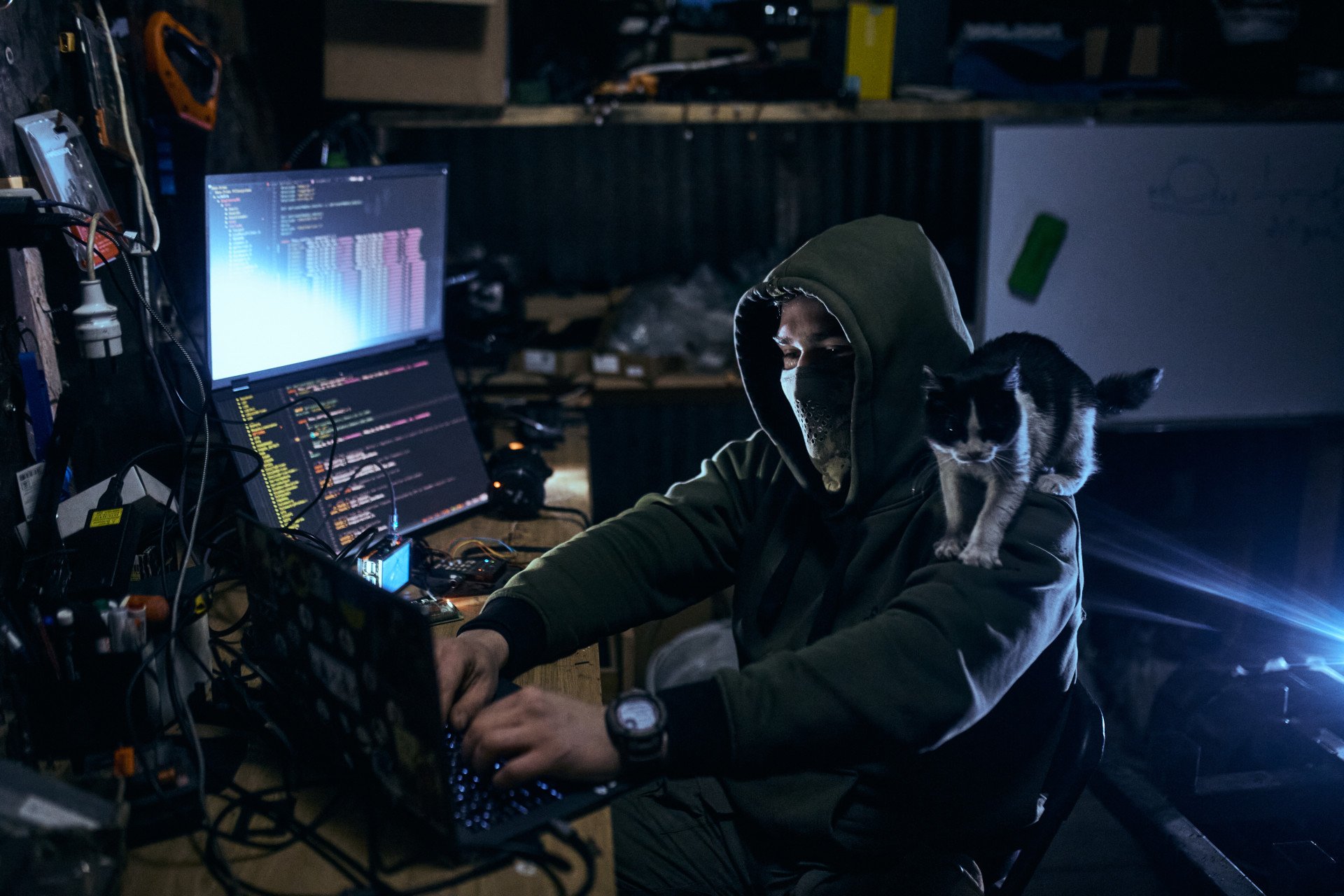
Senior Sergeant, callsign “Pan”
Pan, a 26-year-old Senior Sergeant specializing in robotic warfare, was also involved in planning and operating drones during the assault. “This was a modern, combined robotic operation,” he said. “Every component played a role in making the occupiers’ day significantly worse—and that makes me very happy.”
Intercepted Russian communications confirmed their total confusion. They had no idea what was attacking them, blindly firing mortars and small arms at the drones—without success. In the end, terrain proved to be a bigger challenge than the Russians. One ground robot got stuck, and a turret system bogged down on the way back.
Not a single drone was lost to Russian fire.
Pan
Senior Sergeant of Ukraine’s 13th Khartiia National Guard Brigade
“Yes, we took some technical losses, but that’s normal,” he said. “Drones are just wires, microcontrollers, motors, and batteries. Lose one, build another. But a soldier? That’s an irreplaceable loss. That’s why I consider this operation a success.”
Ground robots are already proving their worth—delivering supplies, laying mines, demining, carrying out kamikaze strikes, and providing turret-based fire support. The most complex task? Evacuating the wounded under fire. “We’ve already gained experience in all of these areas,” Pan said.
Every robot used in this assault was made in Ukraine. Khartiia isn’t just deploying drones—they’re designing, building, and battle-testing them. “We’re a sort of R&D unit,” Pan said. “After nearly every mission, we refine our systems. Upgrades are already in the works from this operation alone.”
But even the best drone is useless without a skilled operator. “If you don’t know how to use it, it’s like having a rifle but throwing it at the enemy instead of shooting,” he said. “Human knowledge and experience are critical.”

The brigade is constantly searching for specialists in cybersecurity, engineering physics, radio physics, programming, and microcontroller work. “But a lot of it we can teach ourselves—we have the knowledge and experience to do so,” he says.
Still, this is just the beginning. “The Russians are advancing, too,” says Pan. “If we compare robotic warfare to firearms, we’re still in the musket era. How much we invest in specialists and resources now will determine our firepower in the future.”
“There’s still a lot of work to do with ground systems,” he continues. “We’re all familiar with how enemy electronic warfare (EW) affects aerial drones. What about ground drones? The short answer—similar to FPV drones. The long answer? Classified.”
Right now, Ukraine is among the global leaders in ground robotic systems. No other military has its level of real combat experience. Foreign tech solutions can be impressive, but the real test is battlefield performance, not theoretical capabilities.
The “war of robots” isn’t coming. It’s already here.




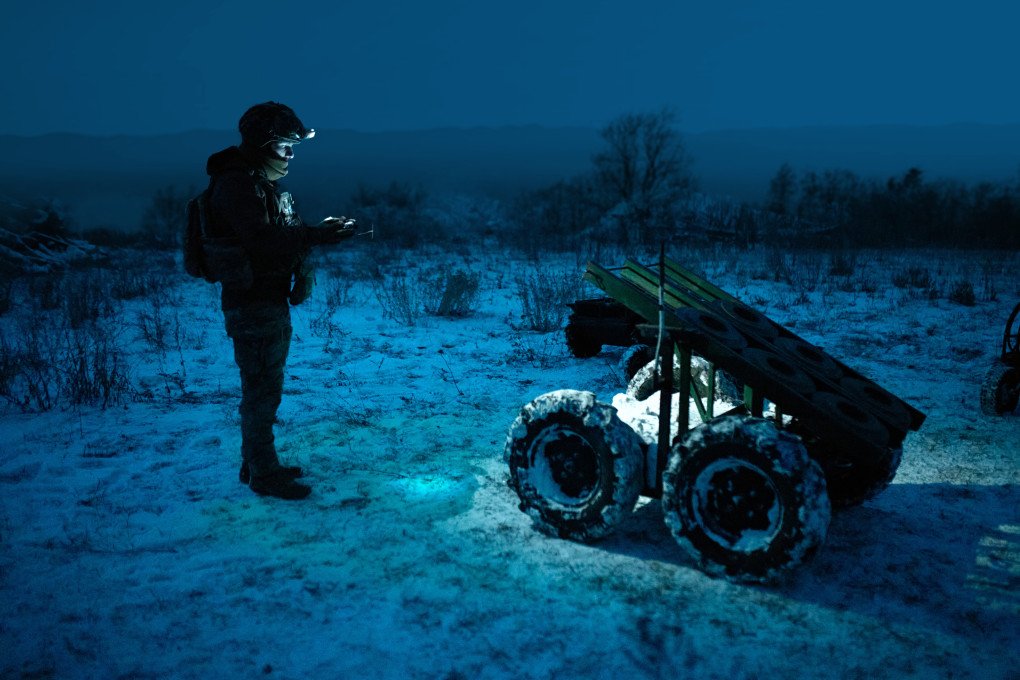
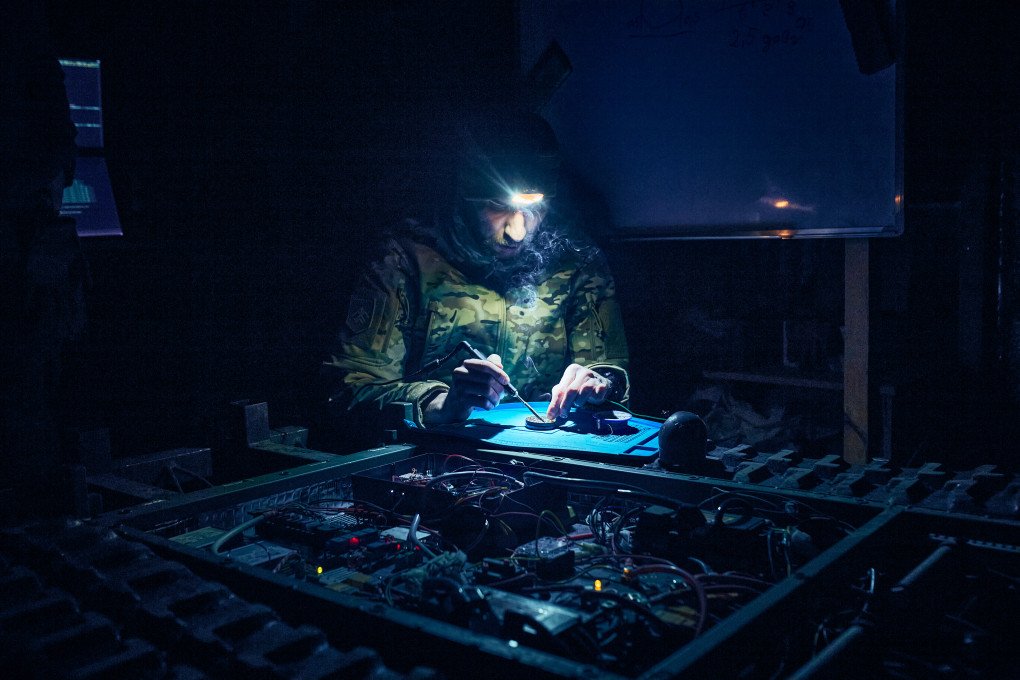
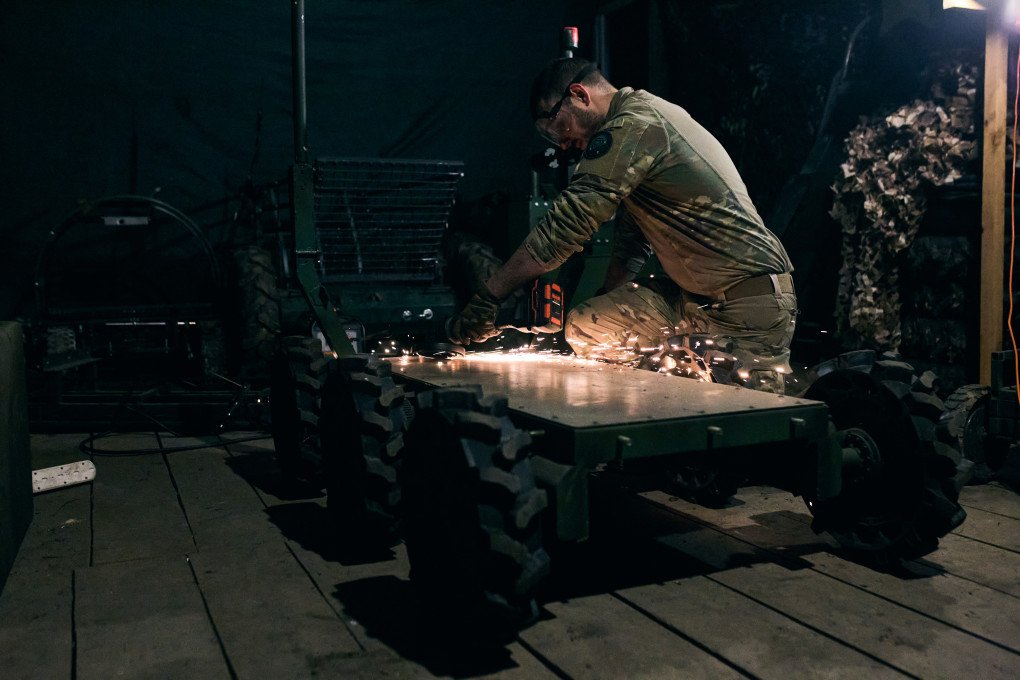
-c42261175cd1ec4a358bec039722d44f.jpg)
-46f6afa2f66d31ff3df8ea1a8f5524ec.jpg)
-6359eca46c72bde40a90abaaadd6eaa8.png)
-29a1a43aba23f9bb779a1ac8b98d2121.jpeg)
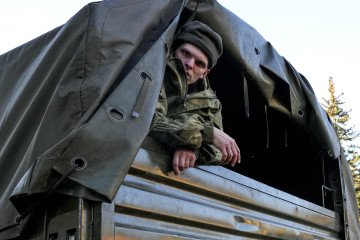
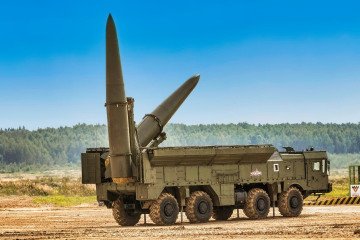
-206008aed5f329e86c52788e3e423f23.jpg)